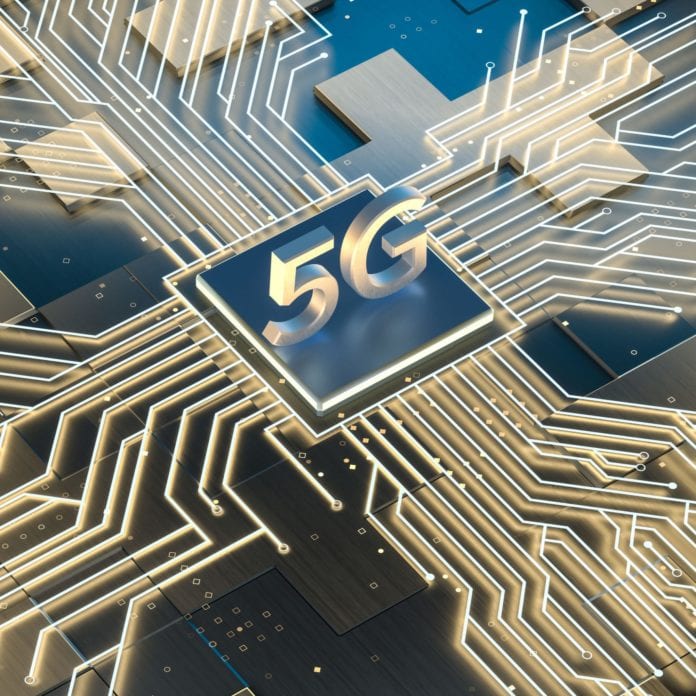How much does a 5G modem improve performance? Ookla analyzed recent results from its Speedtest Intelligence data from July 2019 on Sprint and Verizon’s 5G networks, matching up results from the Samsung Galaxy S10 5G and the LG V50 ThinQ 5G, which both rely on Qualcomm’s Snapdragon X50.
Ookla noted that AT&T had not yet launched 5G for consumers at that time, and T-Mobile US had only initiated its offering in late June; so it only looked at data from U.S. cities where Sprint and Verizon had 5G networks up and running.
Both Sprint 5G and Verizon 5G offered substantial improvements from the operators’ LTE networks, Ookla Speedtest found: tests initiated on Sprint’s 5G connection delivered an up-to-3X improvement in download speeds over LTE speeds. On Verizon’s 28 GHz 5G network, Speedtest described the speeds as “breathtaking”: an up-to-8X improvement in download speeds over Verizon’s already-fast LTE network, with peak speeds of more than 2 Gbps recorded. (Check out the results in the Speedtest blog entry.)
Ookla said that Sprint might improve its performance even more with more use of higher-order MIMO in 5G and LTE, more contribution from LTE in EN-DC dual connectivity, and improved backhaul. While Verizon’s 5G generally outperforms Sprint’s on speed because of its use of mmWave, Ookla noted, “the downside is that mmWave does not propagate as far, so while Sprint’s sub-6 GHz 5G deployments are slower than Verizon’s, Sprint is able to cover a wider area by mostly overlaying the existing LTE macro sites.”
Ookla said that it is “uniquely positioned” to measure 5G and other technologies that take speeds beyond a gigabit per second, because it uses a client-and-service testing engine that is capable of measuring connections up to 10 Gbps which “dynamically scales the number of connections to the server in order to saturate and accurately measure the client-side connection.
“This allows us to measure the full extent of real-world performance and overcome the effects of network bottlenecks such as TCP slow start,” Ookla said, adding that it has “partnered with operators and device manufacturers all over the world to implement accurate in-app 5G detection — even as Android Pie, which powers the current generation of 5G devices, does not natively identify 5G connection types. Through this approach, we’re able to properly configure the parameters of a Speedtest and measure 5G tests.”
In related news, IHS Markit’s RootMetrics is beginning to rank mobile operators based on their 5G networks. In South Korea, the company said that there were “incredible” speeds on 5G compared to LTE, and that LG Uplus’ network delivered the fastest speeds and lowest latency.
“The results for LG Uplus were a step above those of KT and SK Telecom, but all operators provided significantly faster speeds on 5G compared to non-5G mode,” RootMetrics said. “LG Uplus, for example, had an impressive 5G median download speed of 426.4 Mbps.”
Comparatively, LG Uplus’ median download speed on its 4G LTE network was 96.1 Mbps.
SK Telecom’s 5G network was clocked at a median download speed of 286.9 Mbps, while KT had the slowest 5G network at 163 Mbps.
RootMetrics measured South Korean 5G performance indoors and outdoors, while driving in suburban areas and on the Seoul-Busan KTX transit line. The company’s testing was conducted at 30 indoor locations and in drive-testing of more than 1,252 kilometers between June 28-July 6. RootMetrics said that more than 16,000 5G tests were conducted.

